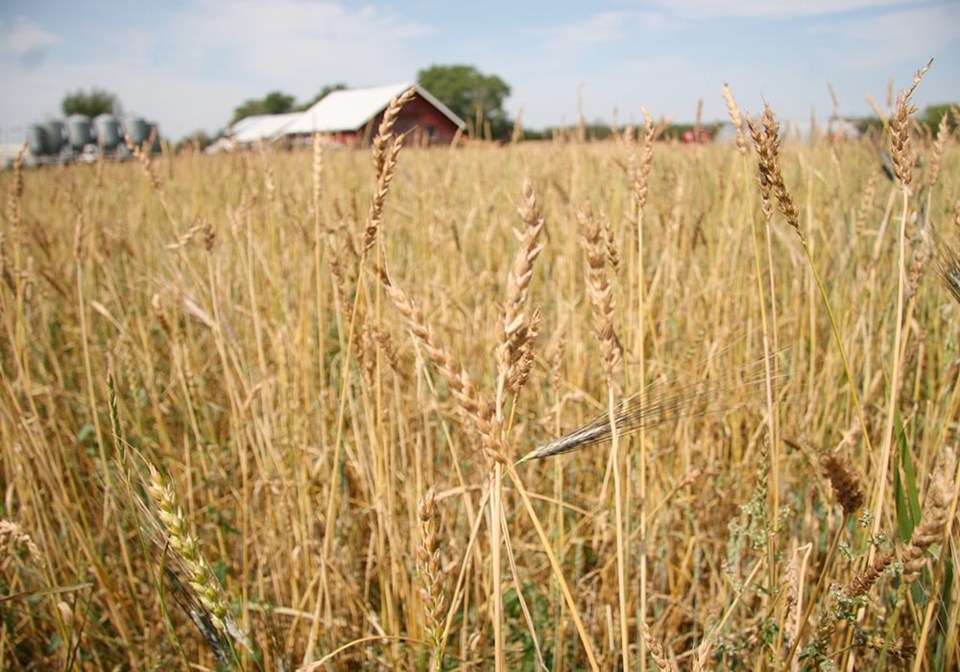WESTERN PRODUCER — In 2021, Canada was the fifth largest market in the world for organic food and products, as the industry was worth around $9.35 billion.
But leaders in Canada’s organic sector aren’t satisfied with that figure.
They’re working on a bold plan they say will make the industry stronger, bigger and better.
The time is right to expand organic agriculture because it can provide the environmental solutions that governments and society seek, says the executive director of the Canadian Organic Trade Association.
The federal government is planning to make agriculture what it considers to be more sustainable. For example, it has set a target of reducing greenhouse gas emissions from fertilizer by 30 percent, by 2030.
As well, the feds have signed the COP15 Biodiversity Strategy — where countries around the globe have agreed to reduce the risks from pesticides by 50 percent, by 2030.
These environmental goals are a real opportunity for organic.
“As organic producers do not use chemical fertilizers, protect biodiversity and focus techniques on soil health, the organic sector is well aligned with the new government objectives,” said Tia Loftsgard, of COTA “(The) Government of Canada would benefit greatly from the recommendations outlined in the Organic Action Plan to help achieve their goals.”
The Canadian Organic Growers, the Organic Federation of Canada and COTA have joined forces to develop what they’re calling the National Organic Action Plan.
The plan is expected to be unveiled, this fall, but the three organizations are consulting with producers and other players in Canada’s organic industry.
On Aug. 22, they held a webinar to explain the key elements of the strategy, which will include:
- incentives for production
- ambitious national targets
- organic transition supports
- investments in research
- improved production and markets data
Canada’s action plan is partly in response to what’s happening in other jurisdictions, like Europe and America.
The EU has its Farm to Fork strategy for agriculture, where member countries want organic production to become 25 percent of agricultural land use by 2030.
Last August, the United States Department of Agriculture invested a massive amount of money to help farmers transition to organic.
“The Organic Transition Initiative (OTI) is a $300 million multi-agency USDA effort to support this transition and build and strengthen organic markets,” the USDA said.
Canada’s organic plan will differ from previous efforts to expand the industry.
From 2015 to 2019, the sector had the Prairie Organic Grain Initiative, with a goal of increasing the amount and quality of organic grains produced in Western Canada.
It had some success. Certified organic acres and production increased during the four years of the program.
The new plan for organic will be much bigger and broader, Loftsgard said.
“The Organic Action Plan is completely different, as it is a set of long-term recommendations for policy, program and regulatory changes within the federal-provincial-territorial governments, to adopt and showcase to other trading partners who are also making large commitments to grow organic in their respective nations.”
The Prairie Organic Grain Initiative had an impact, but since 2019 organic acres have likely dropped in Western Canada.
With high prices for canola, wheat and other commodities, many producers switched back to conventional farming.
It’s hard to find statistics on how much organic acres have declined. That’s because data is usually two or three years out of date. Organic acreage data for Canada in 2020, is released in 2022.
The action plan will address the deficiencies in organic statistics.
“This is crucial to having better intel for business planning, securing investments, conducting monitoring and evaluation against targets,” Loftsgard said. “And improved programming for organic producers where we currently lack due to data gaps.”
You can no longer count on social media to deliver important news to you. Keep your news a touch away by bookmarking SASKTODAY.ca's homepage at this link.
Here's why you should bookmark your favourites.
Subscribe to SASKTODAY.ca newsletter to get our daily news to your inbox.



